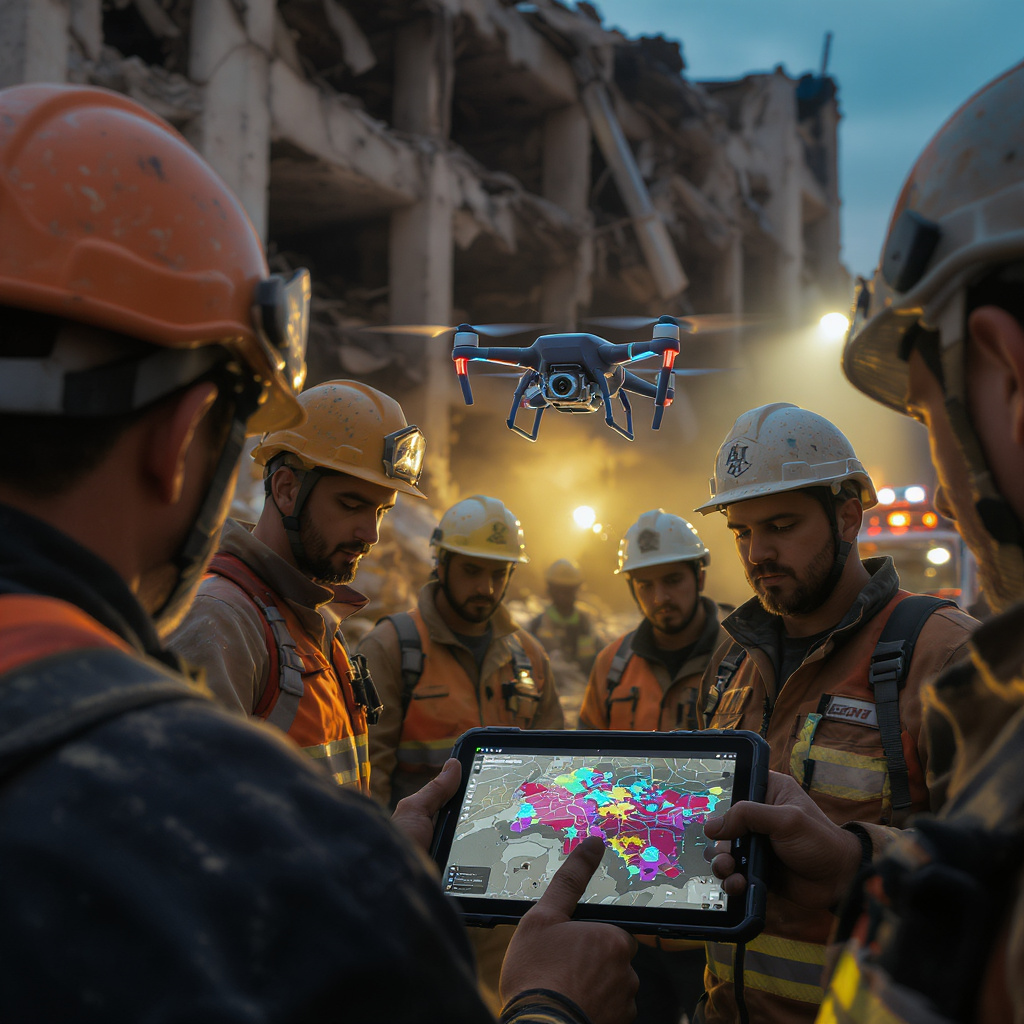Revolutionizing Disaster Response with AI-Driven Solutions

-
7/9/2025
Problem: Natural hazards like wildfires, floods and storms strike with little warning, overwhelming first responders and leaving communities scrambling. Critical minutes are lost, people go unaccounted for, and resources get misallocated—turning avoidable crises into full-scale disasters.
Agitate: Imagine a flood warning that arrives hours too late, or a fire front that pivots unexpectedly, cutting off escape routes. Families are trapped, relief convoys stall in washed-out roads, and every delay costs lives and livelihoods. Traditional systems simply can’t keep pace with rapidly evolving threats.
Solution: AI-powered prediction and response transforms raw data into real-time action plans, giving you hours—or even days—of extra lead time. From satellite imagery and weather models to IoT sensors and social-media monitoring, intelligent algorithms detect subtle warning signs and guide relief teams where they’re needed most.
- Early risk detection: Machine-learning models analyze historical records, live river gauges and terrain maps to forecast floods and storms, cutting false alarms in half and extending warnings by up to 48 hours.
- Dynamic hazard tracking: Drones with thermal cameras and LiDAR work alongside ground sensors to map shifting fire fronts or rising water levels, updating risk zones on a unified dashboard.
- Predictive logistics: Route-planning algorithms fuse traffic data, real-time weather and vehicle availability to chart safe, fuel-efficient paths—even if roads wash out mid-journey.
- Smart community alerts: Geo-targeted apps deliver personalized warnings, let residents confirm shelter actions and feed crowd-sourced reports back into the system.
By weaving together these AI capabilities—with transparent models and strong privacy safeguards—you turn chaotic emergencies into coordinated, life-saving operations. Embrace the future of disaster response and equip your teams with the insights they need to act faster, smarter and more ethically.
